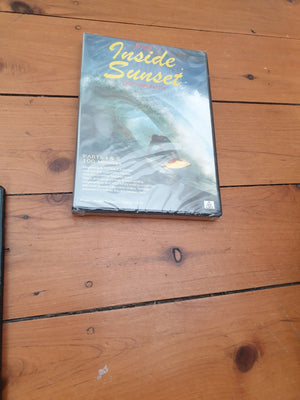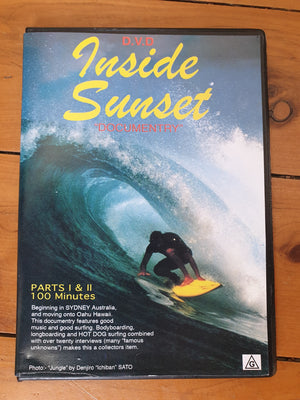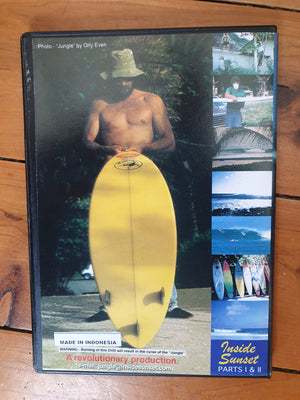Votre panier est vide



Vente
Inside Sunset DVD from Cronulla or Gymea Bay to Hawaii Waimea Bay
$19.00$35.00
| Inside Sunset | ||
|---|---|---|
|
Tim "Jungle" Russell and narrator Marcus Hale take an insightful look beneath the frothy surface of surfing. Although the film references and reaches its climax at the famed Hawaiian right hander, Inside Sunset is more a metaphor for a frame of mind than anything else. The journey begins with an exploration of the eclectic characters, places and events that make the surfing world go round on the south east coast of Australia. The second half of the film follows the same theme but has Hawaii as the focus. Interviews and footage of some of surfing's more infrequently seen legends are a major feature throughout the movie. |
||
|
Inside Sunset - Surfing Documentary © 2007 Jungle Tim Russell
|




 "A documentary surf film of epic proportions"
"A documentary surf film of epic proportions"












